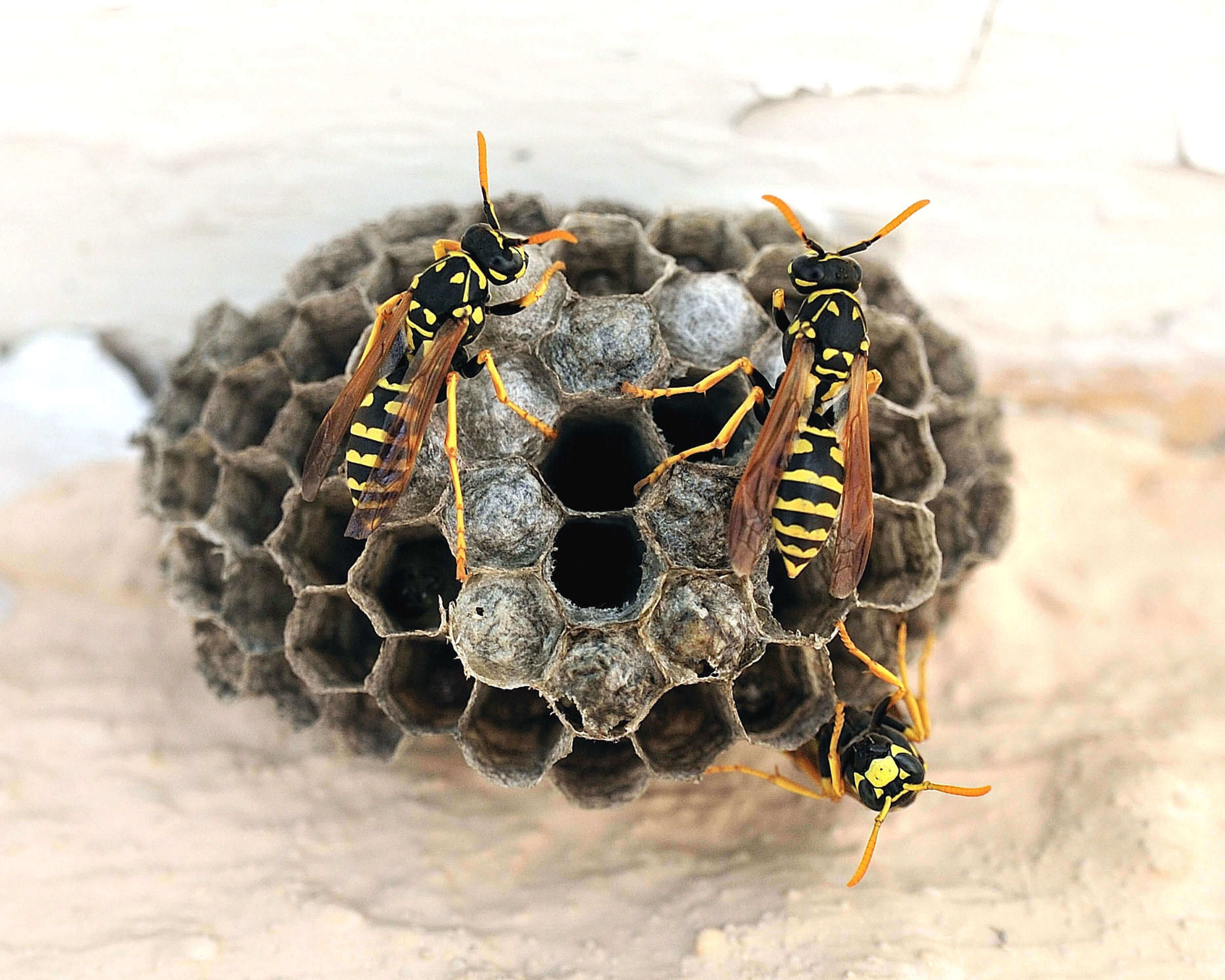The insect pests most frequently found in single-family homes differ somewhat from those found in apartment complexes and urban buildings. For example, the few, but common insect pest species that dwell primarily indoors, such as German cockroaches and bed bugs, tend to be most problematic in apartments and commercial buildings. This is because German cockroaches and bed bugs readily travel into neighboring rooms, apartment units, and lower and higher floors where pest control professionals may not be operating. This is why infestations of German cockroaches and bed bugs are particularly persistent and hard to control within multi-story structures.
Generally, arthropod pests invade single-family homes at the ground level, as many insects and arachnids are unable to scale smooth exterior siding. Of course, winged insect pests are able to access structures by exploiting entry points located anywhere on the exterior walls and roof. Winged insect pests often access interior living spaces by traveling through attic vents, gaps around utility penetrations, chimneys, and even vent pipes. Homeowners often complain about wasps like yellow jackets entering their home through fireplace openings, which usually requires the professional removal of active nests in chimneys. It is not uncommon for homeowners to discover active or abandoned wasp nests in attics, and sometimes these nests are excessively large.
Swarming drywood termites known as “alates” frequently initiate colonies in structural wood located in attics, as well as in wood located beneath roof shingles and behind siding panels. The invasive Formosan subterranean termite is also capable of establishing aerial nests within wood that is moist enough to meet the hydration needs of a colony. Formosan carton nests are often found in ceiling voids, beneath upper story bathrooms, attics, behind siding, and in trees. Ant pests, particularly carpenter ants, often access the upper stories of homes by traveling along tree branches that make contact with exterior walls or roofs. Winged insect pests that invade homes during the fall for the purpose of overwintering usually gravitate into wall voids and attic spaces. Overwintering pests of this sort include Asian lady beetles, cluster flies, elm leaf beetles and boxelder bugs. Due to their strong appetite for glue in bookbinding, paper, and cardboard, pests like cockroaches, silverfish, booklice, field crickets, house crickets and firebrats. Finally, fabric pests like clothes moths and carpet beetles are often found in attics feeding on old stored clothing, particularly clothing that is made from animal products, such as silk, wool, and furs.
Have you ever found an insect infestation within a box of stored goods that had been stored in an attic?







